Name this flower
thunderstorm
9 years ago
Related Stories
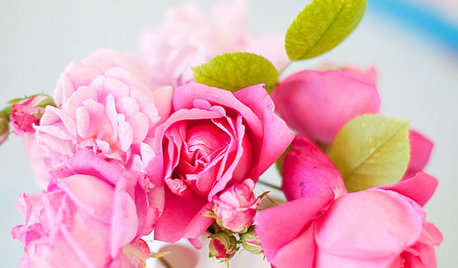
BUDGET DECORATINGSimple Pleasures: Treat Yourself to Cut Flowers
Enjoy priceless beauty with just a few inexpensive stems — and you don’t need fancy vases, either
Full Story
GARDENING GUIDES10 Deer-Resistant Native Flowers to Plant This Fall
Learn about natives that embrace some kinds of wildlife but resist grazing deer
Full Story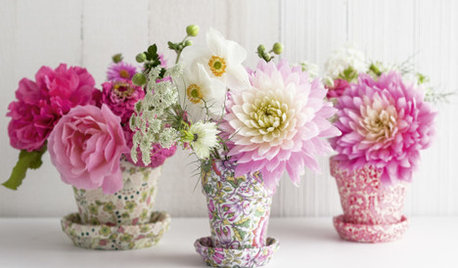
DIY PROJECTSHow to Make Cut Flowers Last Longer
Do your store-bought flowers fade too soon? Get expert advice on helping them stay fresh
Full Story
GARDENING GUIDESAttract Hummingbirds and Bees With These Beautiful Summer Flowers
Roll out a welcome mat for pollinators to keep your landscape in balance and thriving
Full Story
SPRING GARDENING7 Spectacular and Practical Spring-Flowering Trees
Put on a beauteous show in the garden with a landscape tree awash in flowers — just do your homework first
Full Story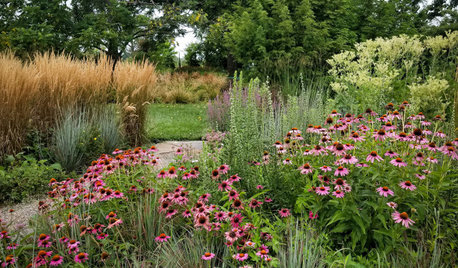
FALL GARDENING20 Favorite Flowers for the Fall Landscape
Vivid blooms and striking shapes make these annuals and perennials a delight in autumn gardens
Full Story
GARDENING GUIDESLet Lilac Love Flower This Spring
Whatever you bestow or receive for Mother's Day, lilacs can be an unmatched gift in the garden in May
Full Story
GARDENING GUIDES20 Favorite Flowers for Butterflies and Bouquets
Discover perennials and annuals that do double duty as butterfly magnets and versatile cut flowers
Full Story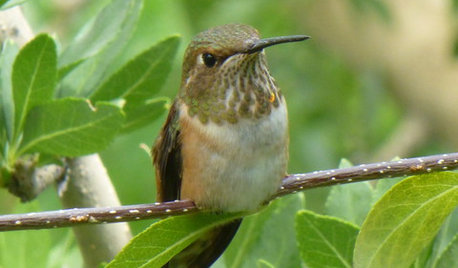
GARDENING GUIDES8 Flowers That Hummingbirds Adore
To draw those mesmerizing little birds to your garden or doorstep, plant these flowers that are attractive in more ways than one
Full Story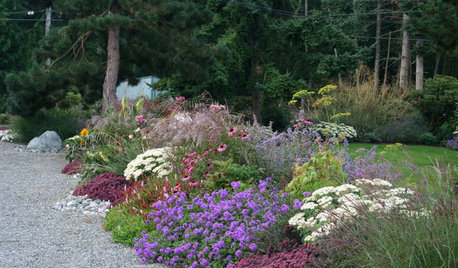
MOST POPULARHow to Design a Colorful Flower Bed
Fall planting: Delight the eye through 3 seasons with bright flowers placed just right. Late summer is the time to plan
Full Story





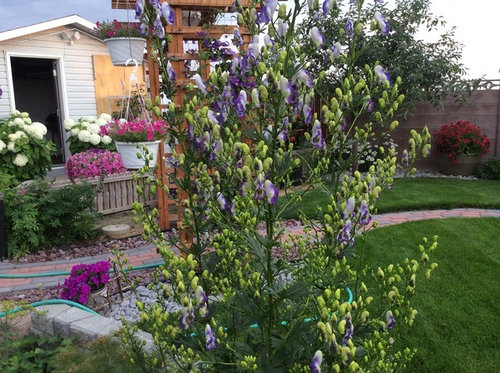

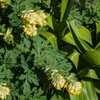
thunderstormOriginal Author
aftermidnight Zone7b B.C. Canada
Related Professionals
Carlisle Landscape Architects & Landscape Designers · Edmond Landscape Architects & Landscape Designers · Manorville Landscape Architects & Landscape Designers · Port Royal Landscape Architects & Landscape Designers · Seabrook Landscape Architects & Landscape Designers · Aloha Landscape Contractors · Alpharetta Landscape Contractors · Bedford Heights Landscape Contractors · Canby Landscape Contractors · Lemay Landscape Contractors · New Brighton Landscape Contractors · Parkland Landscape Contractors · Santa Maria Landscape Contractors · South Lake Tahoe Landscape Contractors · Maplewood Landscape Contractorswoodyoak zone 5 southern Ont., Canada
gardenweed_z6a
sunnyborders
thunderstormOriginal Author
floral_uk z.8/9 SW UK
User
thunderstormOriginal Author
gardenweed_z6a
mnwsgal
TexasRanger10
aftermidnight Zone7b B.C. Canada
wantonamara Z8 CenTex